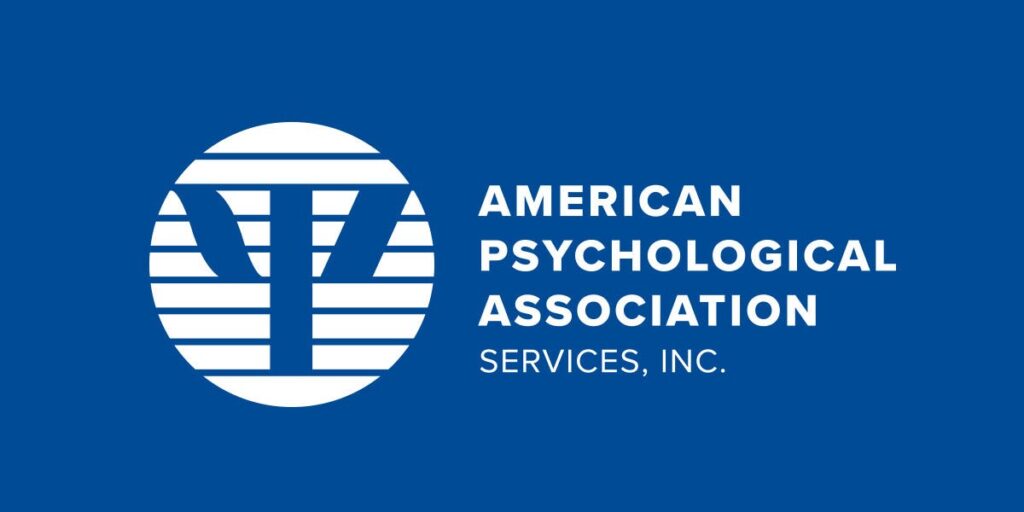
For years, students in middle and high schools across the country were urged to “just say no” to drugs and alcohol. But it’s no secret that the Drug Abuse Resistance Education (D.A.R.E.) program, which was typically delivered by police officers who urged total abstinence, didn’t work. A meta-analysis found the program largely ineffective and one study even showed that kids who completed D.A.R.E. were more likely than their peers to take drugs (Ennett, S. T., et al., American Journal of Public Health, Vol. 84, No. 9, 1994; Rosenbaum, D. P., & Hanson, G. S., Journal of Research in Crime and Delinquency, Vol. 35, No. 4, 1998).
“We know that the ‘Just Say No’ campaign doesn’t work. It’s based in pure risks, and that doesn’t resonate with teens,” said developmental psychologist Bonnie Halpern-Felsher, PhD, a professor of pediatrics and founder and executive director of several substance use prevention and intervention curriculums at Stanford University.
“There are real and perceived benefits to using drugs, as well as risks, such as coping with stress or liking the ‘high.’ If we only talk about the negatives, we lose our credibility.”Partially because of the lessons learned from D.A.R.E., many communities are taking a different approach to addressing youth substance use. They’re also responding to very real changes in the drug landscape. Aside from vaping, adolescent use of illicit substances has dropped substantially over the past few decades, but more teens are overdosing than ever—largely because of contamination of the drug supply with fentanyl, as well as the availability of stronger substances (Most reported substance use among adolescents held steady in 2022, National Institute on Drug Abuse).
“The goal is to impress upon youth that far and away the healthiest choice is not to put these substances in your body, while at the same time acknowledging that some kids are still going to try them,” said Aaron Weiner, PhD, ABPP, a licensed clinical psychologist based in Lake Forest, Illinois, and immediate past-president of APA’s Division 50 (Society of Addiction Psychology). “If that’s the case, we want to help them avoid the worst consequences.
”While that approach, which incorporates principles of harm reduction, is not universally accepted, evidence is growing for its ability to protect youth from accidental overdoses and other consequences of substance use, including addiction, justice involvement, and problems at school. Psychologists have been a key part of the effort to create, test, and administer developmentally appropriate, evidence-based programs that approach prevention in a holistic, nonstigmatizing way.“Drugs cannot be this taboo thing that young people can’t ask about anymore,” said Nina Christie, PhD, a postdoctoral research fellow in the Center on Alcohol, Substance Use, and Addictions at the University of New Mexico. “That’s just a recipe for young people dying, and we can’t continue to allow that.”
